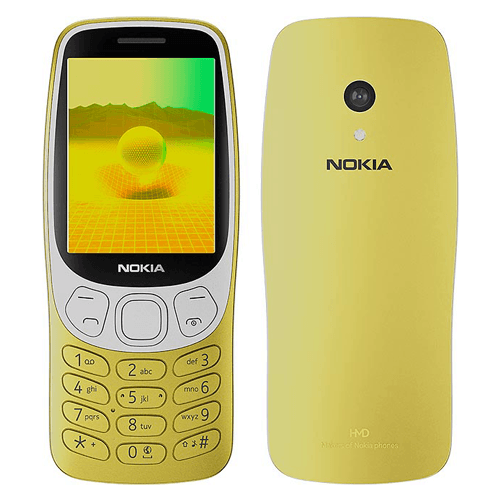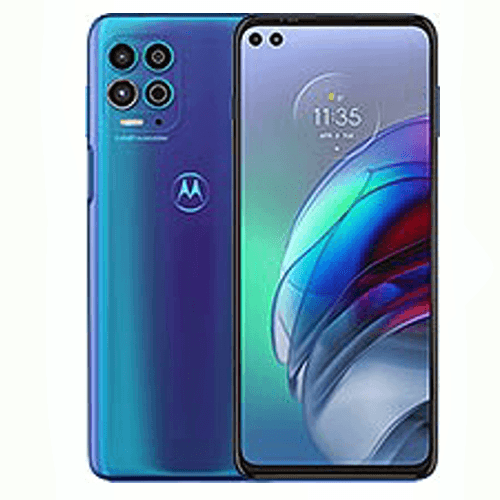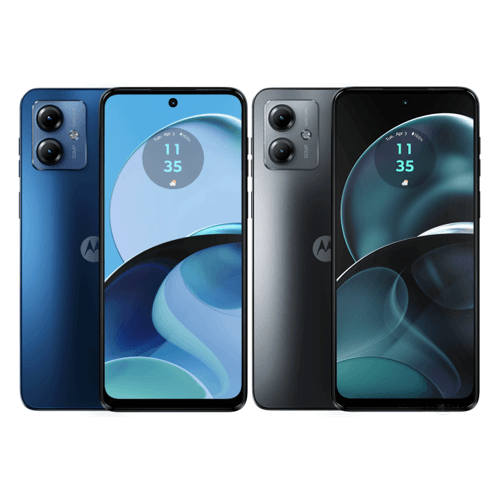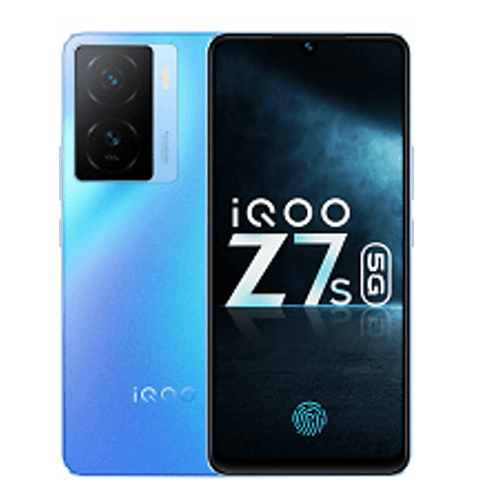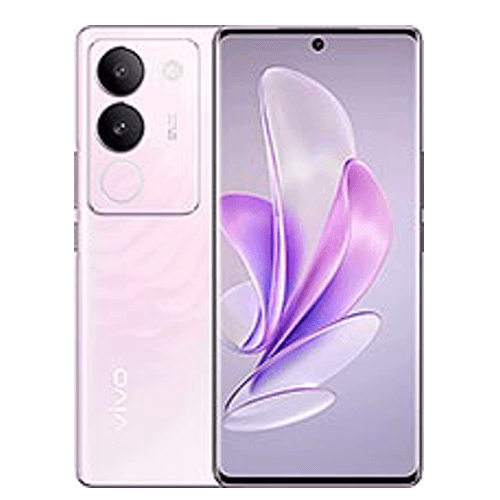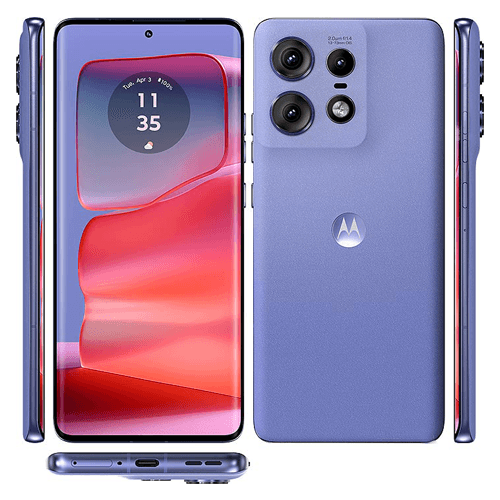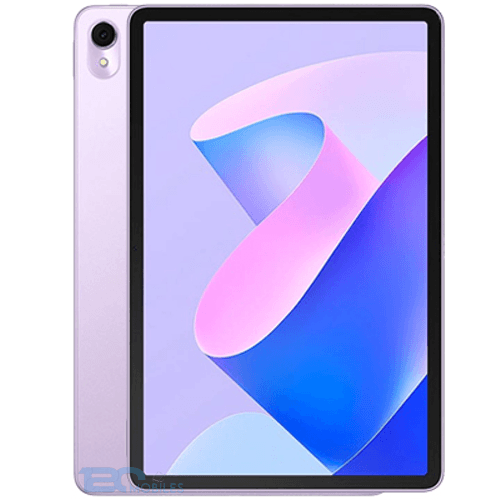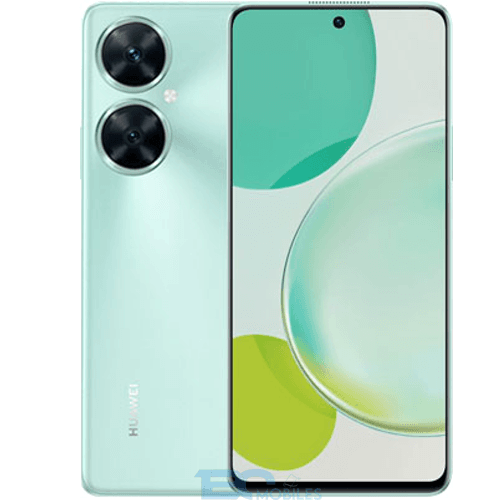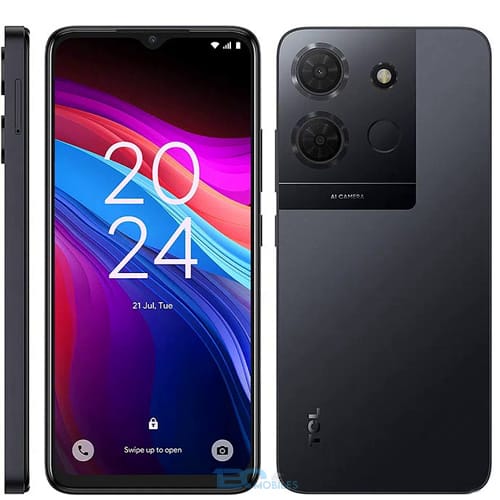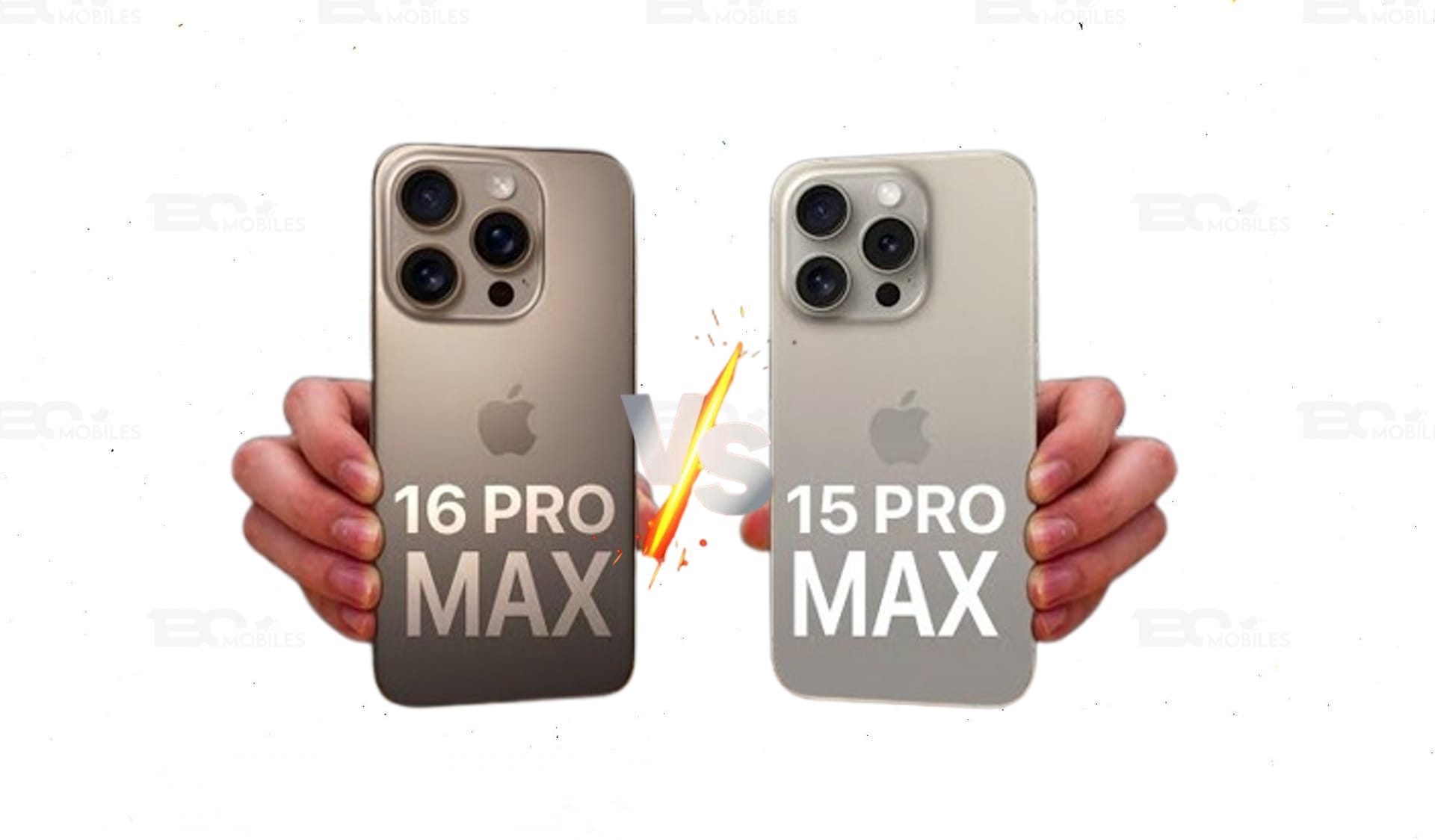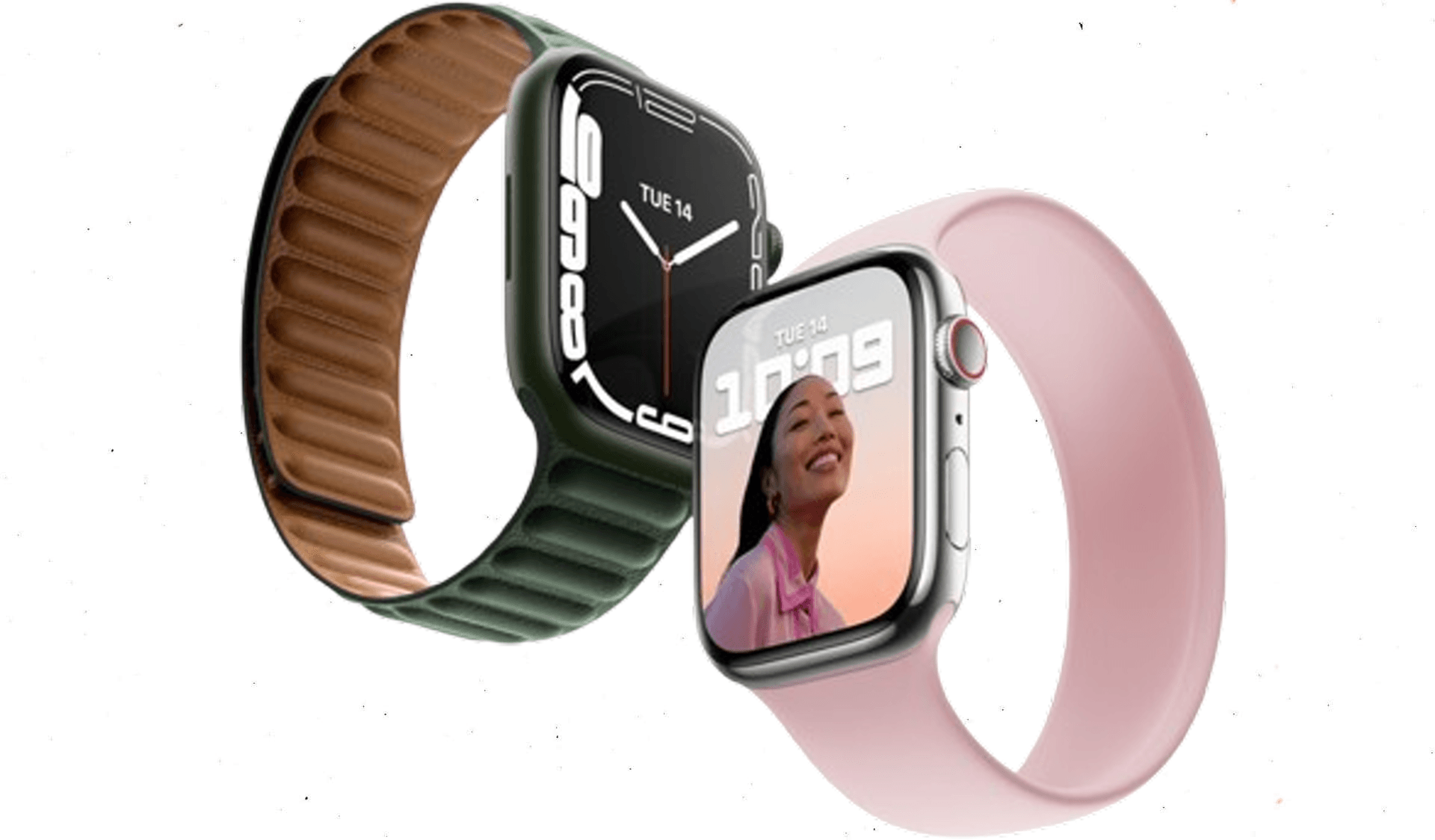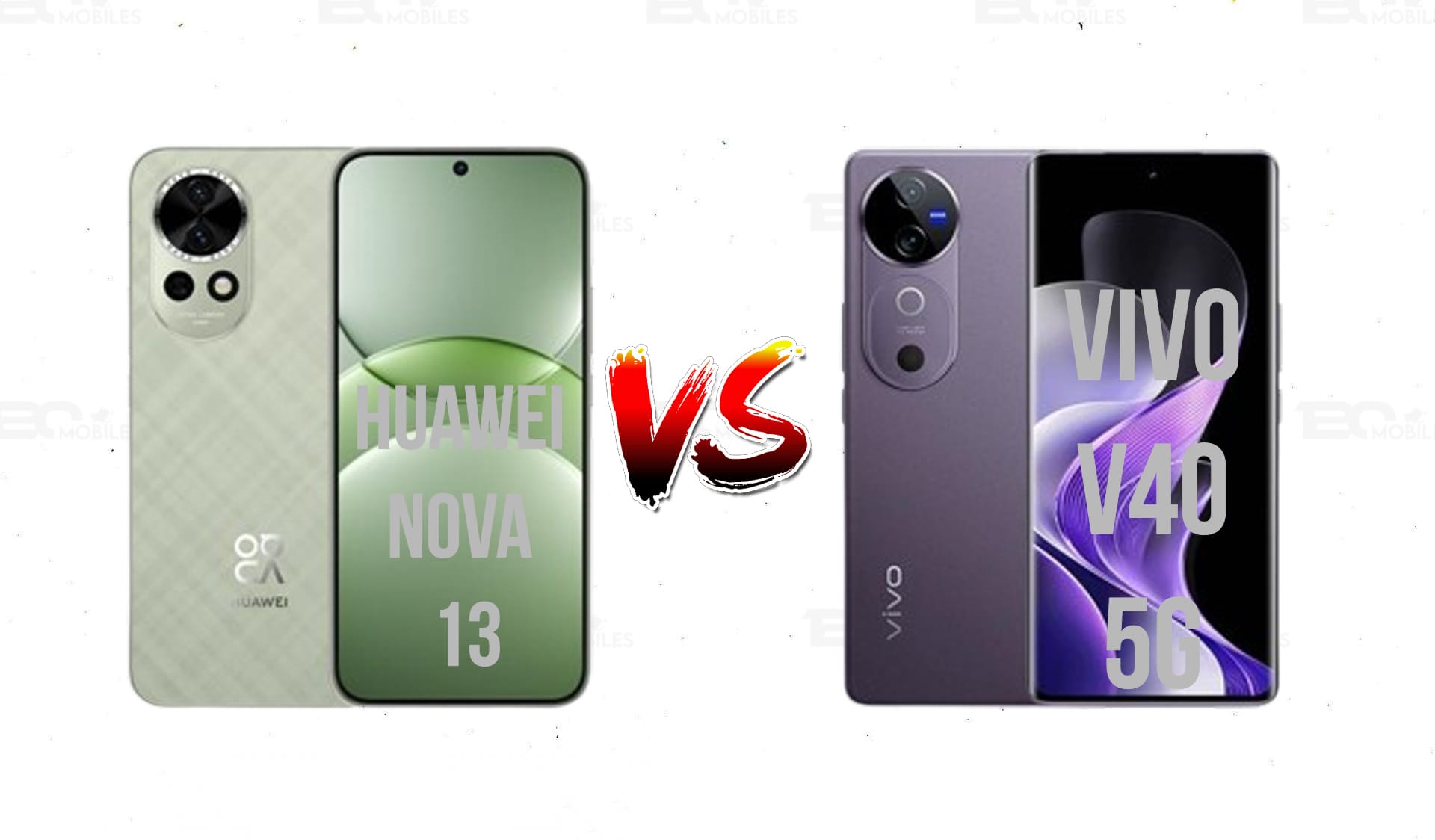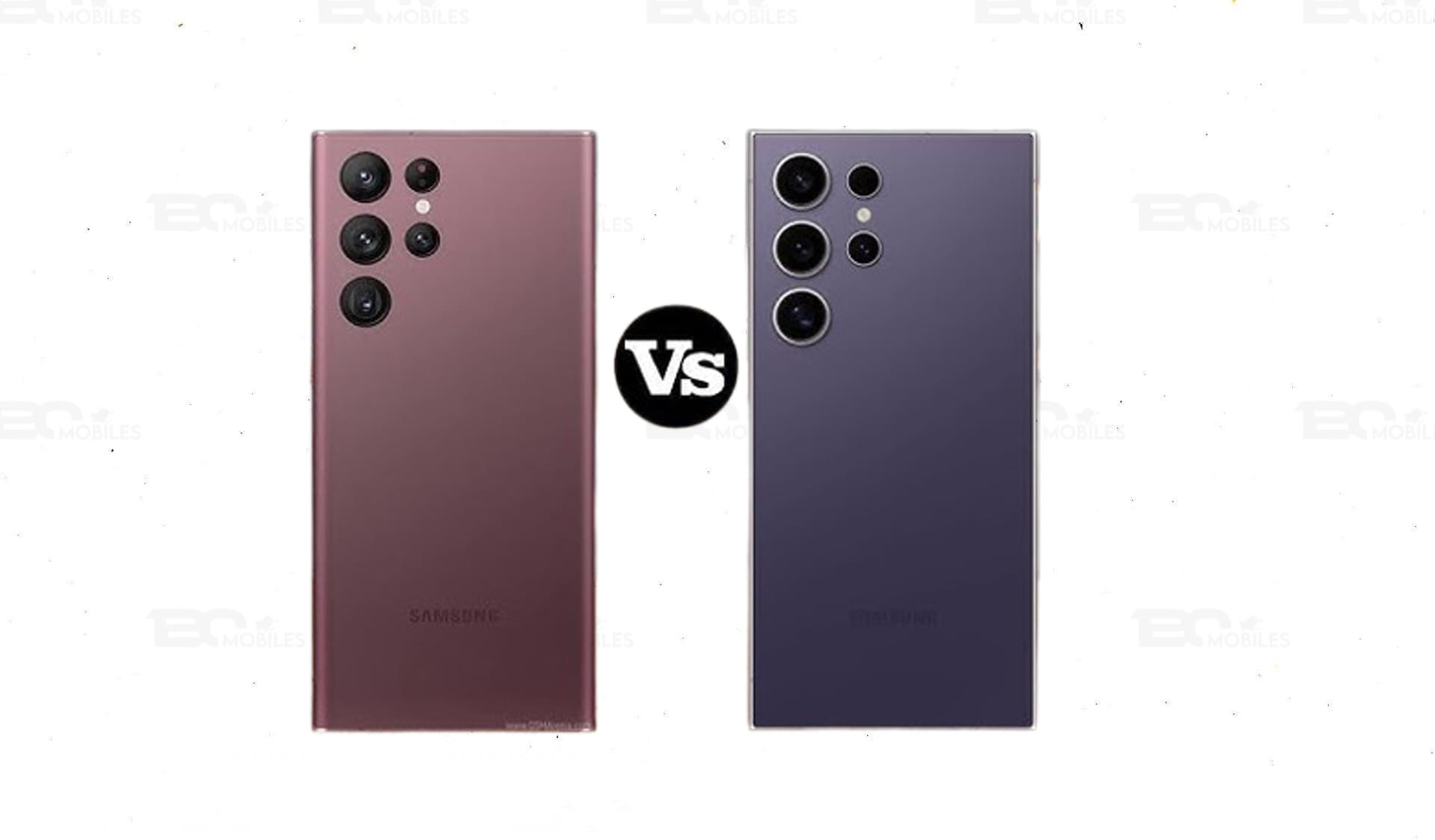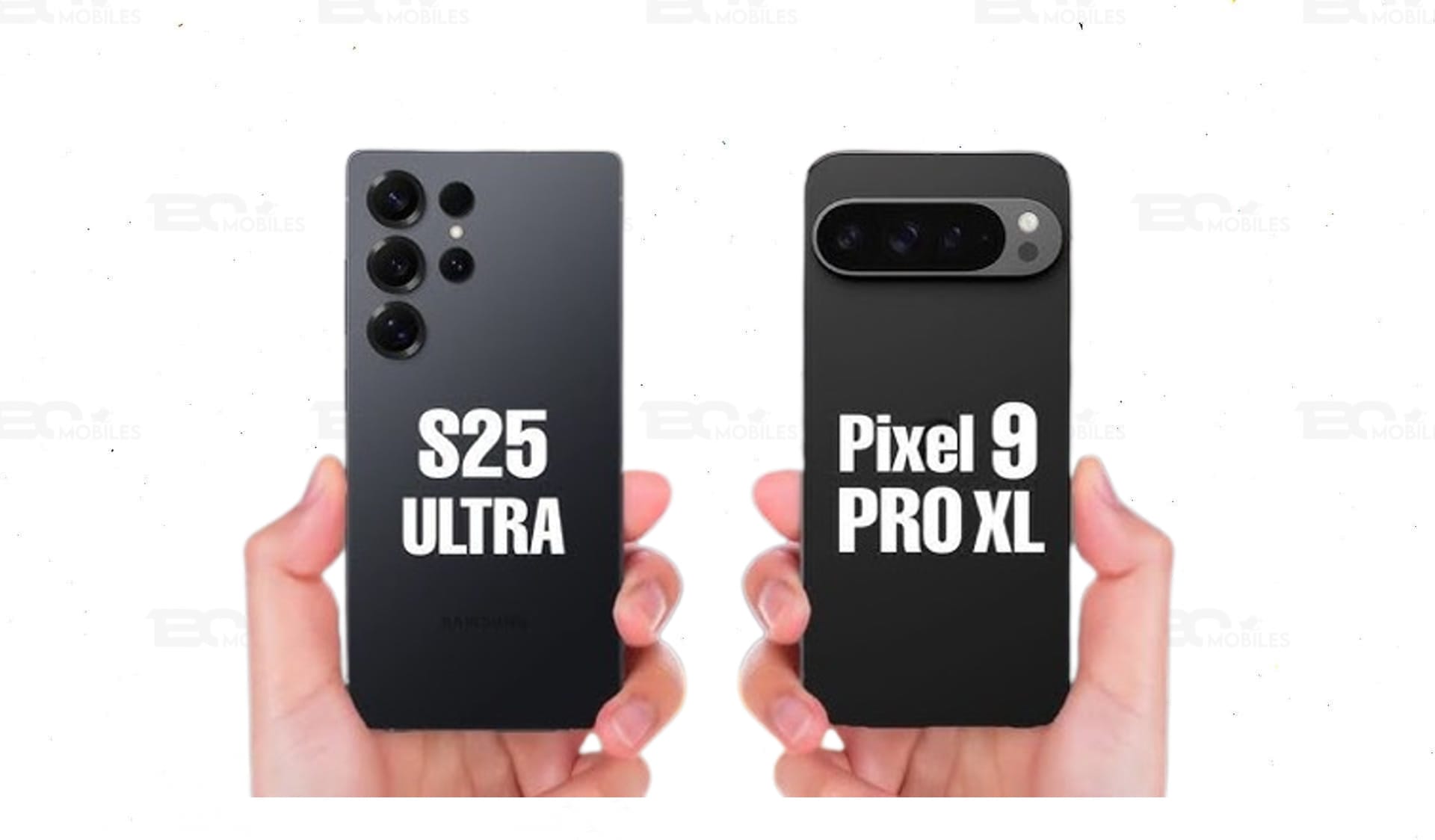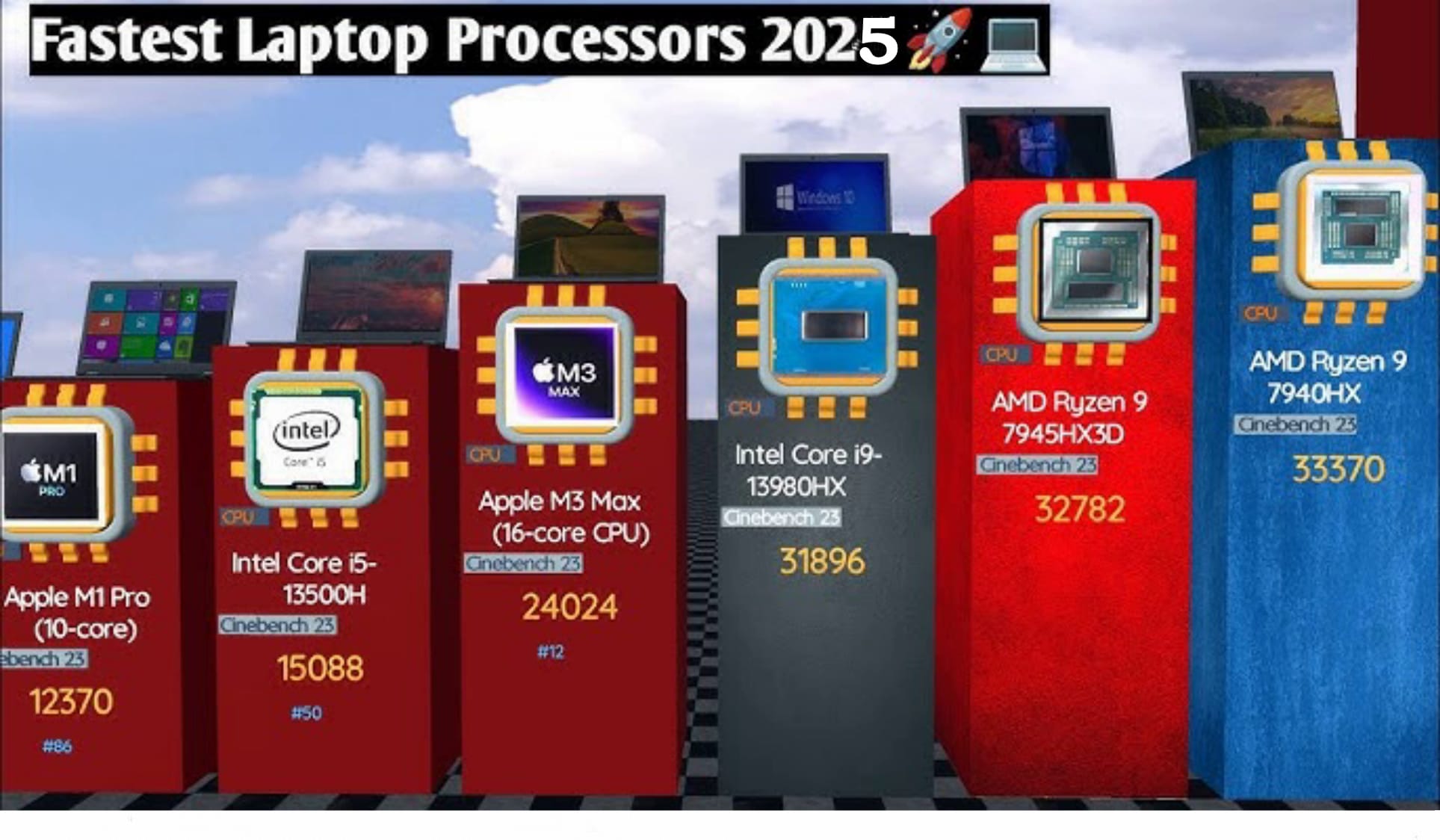Here’s a detailed comparison between the Apple iPhone 16 vs Apple iPhone 13 Pro.
Table of Contents
- Size Comparison
- Display Comparison
- Battery Life
- Charging Speed
- Speaker Test
- Performance
- Benchmark Performance
- Camera Comparison
- Video Quality
- Overall Verdict
📏 Size Comparison
Feature | iPhone 16 | iPhone 13 Pro |
|---|---|---|
Dimensions (mm) | 147.6 x 71.6 x 7.8 mm | 146.7 x 71.5 x 7.65 mm |
Weight | ~170 grams (estimated, depending on model and materials) | 204 grams (Stainless Steel frame adds to the weight) |
Display Size | 6.1 inches (Super Retina XDR OLED with improved brightness and efficiency) | 6.1 inches (Super Retina XDR OLED with ProMotion 120Hz refresh rate) |
Bezel Width | Slightly thinner bezels due to newer design | Thicker bezels compared to newer models |
Build Material | Likely Aerospace-grade aluminum or titanium (similar to iPhone 15 Pro lineup) | Stainless Steel frame with matte finish |
Form Factor | Compact and lightweight design | Slightly bulkier due to stainless steel frame |
Thickness | 7.8 mm (slightly thicker than iPhone 13 Pro due to potential new tech like larger camera bump) | 7.65 mm (thinner but heavier due to stainless steel build) |
Port Type | USB-C port (introduced in iPhone 15 series) | Lightning port |
Color Options | Likely new color finishes with matte textures | Graphite, Gold, Silver, Sierra Blue (original launch colors) |
🖥️ Display Comparison
Feature | iPhone 16 | iPhone 13 Pro |
|---|---|---|
Display Type | Super Retina XDR OLED | Super Retina XDR OLED |
Screen Size | 6.1 inches (expected, same as iPhone 15) | 6.1 inches |
Resolution | ~2532 x 1170 pixels (expected, same as iPhone 15) | 2532 x 1170 pixels |
Pixel Density | ~460 ppi | ~460 ppi |
Refresh Rate | ProMotion 120Hz adaptive refresh rate | ProMotion 120Hz adaptive refresh rate |
Brightness | Up to 2000 nits peak brightness (expected, improved for HDR content) | Up to 1000 nits typical, 1200 nits peak brightness for HDR |
HDR Support | Dolby Vision, HDR10, HLG | Dolby Vision, HDR10, HLG |
Color Accuracy | Wide color gamut (P3), True Tone | Wide color gamut (P3), True Tone |
Ceramic Shield | Ceramic Shield front cover | Ceramic Shield front cover |
Always-On Display | Likely improved Always-On Display functionality | Always-On Display available |
Touch Sensitivity | Improved touch responsiveness | Standard touch responsiveness |
Haptic Feedback | Advanced haptic engine | Advanced haptic engine |
Bezel Thickness | Slightly thinner bezels | Slim bezels |
Durability | IP68 water and dust resistance | IP68 water and dust resistance |
🔋 Battery Life
Feature | iPhone 16 | iPhone 13 Pro |
|---|---|---|
Battery Capacity | ~3,500 mAh | ~3,095 mAh |
Video Playback | Up to 22-24 hours | Up to 22 hours |
Video Streaming | Up to 18-20 hours | Up to 18 hours |
Audio Playback | Up to 85-90 hours | Up to 75 hours |
Charging Speed | Supports up to 25W fast charging | Supports up to 20W fast charging (Lightning port) |
Wireless Charging | MagSafe up to 15W or higher | MagSafe up to 15W wireless charging |
Fast Charging Time | Approximately 30 minutes for 50% charge | Approximately 30 minutes for 50% charge |
Software Optimization | iOS 18 | iOS 18 |
Battery Efficiency | A18 Bionic chip | A15 Bionic chip with excellent power efficiency, but less optimized than predicted A18 chip |
Real-World Battery Life | Likely better overall due to newer chip, larger battery, and software optimizations | Excellent, but slightly behind predicted iPhone 16 in intensive tasks due to older A15 chip |
⚡ Charging Speed
Feature | iPhone 16 | iPhone 13 Pro |
|---|---|---|
Charging Port | USB-C | Lightning Port |
Wired Charging Speed | Supports up to25W fast charging | Supports up to20W fast charging |
Wireless Charging Speed | MagSafe up to15W wireless charging | MagSafe up to15W wireless charging |
Fast Charging Time | Approximately30 minutes for 50% charge | Approximately30 minutes for 50% charge |
Battery Optimization | iOS 18 | iOS 18 |
Adapter Included? | No charger included in the box | No charger included in the box |
Real-World Charging | Faster overall charging times due to improved power delivery and newer chip efficiency | Slightly slower charging compared to iPhone 16, especially under heavy usage |
🔊 Speaker Test
| Feature | iPhone 16 | iPhone 13 Pro | Verdict |
|---|---|---|---|
| Speaker Type | Stereo (Dolby Atmos) | Stereo (Dolby Atmos) | Tie (Both have stereo speakers) |
| Loudness (dB) | ~82 dB | ~79 dB | iPhone 16 is expected to be louder |
| Bass Quality | Improved bass response | Good bass but slightly weaker | iPhone 16 has better bass depth |
| Clarity & Detail | Enhanced vocal clarity | Clear sound but slightly less detailed | iPhone 16 offers better clarity |
| Spatial Audio | Yes (Improved Spatial Audio) | Yes (Spatial Audio) | iPhone 16 may have better spatial audio experience |
🚀 Performance
Feature | iPhone 16 | iPhone 13 Pro |
|---|---|---|
Processor | A18 Bionic chip | A15 Bionic chip (5nm process) |
CPU Architecture | Likely 6-core CPU | 6-core CPU (2 high-performance cores + 4 efficiency cores) |
GPU Architecture | Likely 5-6 core GPU with ray tracing support and improved graphical performance | 5-core GPU (no ray tracing support) |
Neural Engine | Next-gen Neural Engine for AI/ML tasks, likely faster and more efficient | 16-core Neural Engine capable of 15.8 trillion operations per second |
RAM | Likely 8GB LPDDR5 RAM | 6GB LPDDR4X RAM |
Storage Options | Likely 128GB, 256GB, 512GB, 1TB | 128GB, 256GB, 512GB, 1TB |
Performance Benchmarks | Speculative: ~20-25% faster CPU and ~30-35% faster GPU compared to A15 | Geekbench 5: ~1700 (single-core), ~4600 (multi-core) |
Gaming Performance | Enhanced gaming capabilities with ray tracing, higher frame rates, and better thermal mgmt | Excellent gaming performance but lacks ray tracing and advanced thermal features |
Thermal Management | Improved vapor chamber cooling system | Standard heat dissipation with minor throttling under heavy load |
Software Optimization | iOS 18 | iOS 17 |
AI/ML Capabilities | Advanced AI/ML processing for photography, AR, and Siri enhancements | Solid AI/ML performance but less advanced than newer chips |
Real-World Performance | Superior multitasking, faster app launches, smoother animations, and better AR experiences | Excellent daily performance but slightly slower in intensive tasks |
📊 Benchmark Performance
GeekBench 6
| Model | Single-Core | Multi-Core |
|---|---|---|
| iPhone 16 | ~3,200 | ~8,500 |
| iPhone 13 Pro | ~2,200 | ~5,400 |
Antutu 10
| Model | Score |
|---|---|
| iPhone 16 | ~1.8M |
| iPhone 13 Pro | ~1.1M |
3DMark
| Model | Score | FPS |
|---|---|---|
| iPhone 16 | ~4,500 | ~28 FPS |
| iPhone 13 Pro | ~3,200 | ~20 FPS |
📸 Camera Comparison
Feature | iPhone 16 | iPhone 13 Pro |
|---|---|---|
Main Camera | 48MP (Quad Bayer sensor, improved low-light performance, enhanced detail) | 12MP (Sensor-shift OIS, excellent low-light performance, Smart HDR 4) |
Ultra-Wide Camera | 12MP (Improved distortion correction, macro mode enhancements, better low-light capture) | 12MP (120° field of view, macro mode, Night mode support) |
Telephoto Camera | 12MP (5x optical zoom, improved periscope lens system for better zoom quality) | 12MP (3x optical zoom, no periscope lens, good zoom performance but limited range) |
Optical Zoom Range | 5x optical zoom (telephoto), up to 25x digital zoom | 3x optical zoom (telephoto), up to 15x digital zoom |
Front (TrueDepth) Camera | 12MP (Improved autofocus, better low-light selfies, advanced depth mapping) | 12MP (SL 3D sensor, good low-light performance, Portrait mode) |
Night Mode | Enhanced Night Mode with AI-driven processing for sharper images in extreme darkness | Excellent Night Mode with Smart HDR 4 |
Video Recording | 8K video recording at 30fps, improved stabilization, Cinematic Mode enhancements | 4K video recording at 60fps, ProRes video, Cinematic Mode |
Cinematic Mode | Improved depth sensing for smoother transitions, supports 4K at 30/60fps | 1080p at 30fps, good but limited resolution |
Photonic Engine | Next-gen Photonic Engine for superior computational photography | Photonic Engine introduced for better low-light performance |
ProRAW & ProRes Support | Yes (enhanced ProRAW with higher dynamic range, ProRes video improvements) | Yes (ProRAW and ProRes video supported) |
LiDAR Scanner | Yes (improved LiDAR for better AR, low-light focus, and depth mapping) | Yes (LiDAR for AR, Night mode portraits, and faster autofocus in low light) |
Image Stabilization | Sensor-shift OIS (advanced stabilization for both photos and videos) | Sensor-shift OIS (excellent stabilization, especially for video) |
AI/ML Enhancements | Advanced AI for real-time object recognition, scene optimization, and enhanced bokeh | Good AI features but less advanced compared to newer models |
Low-Light Performance | Superior due to larger sensors, AI enhancements, and Photonic Engine improvements | Excellent, but slightly behind newer models like iPhone 16 |
🎥 Video Quality
| Feature | iPhone 16 | iPhone 13 Pro | Verdict |
|---|---|---|---|
| Max Video Resolution | 8K @ 30FPS 4K @ 60FPS | 4K @ 60FPS | iPhone 16 supports 8K recording |
| Cinematic Mode | 4K @ 30FPS | 1080p @ 30FPS | iPhone 16 has higher resolution Cinematic Mode |
| Slow Motion | 1080p @ 240FPS | 1080p @ 240FPS | Tie |
| HDR Support | HDR10+ & Dolby Vision | Dolby Vision HDR | iPhone 16 may have improved HDR10+ support |
| Stabilization | Advanced OIS + EIS | OIS + EIS | iPhone 16 expected to have better stabilization |
| Zoom Video | 5x Optical Zoom Video | 3x Optical Zoom Video | iPhone 16 has better zoom for video |
| Front Camera Video | 4K @ 60FPS | 4K @ 30FPS | iPhone 16 has smoother selfie video |
🏆 Overall Verdict
✅ Pros of iPhone 16
✔️ Faster A18 Bionic chip
✔️ Brighter display
✔️ Better battery life
✔️ Periscope zoom camera
✔️ 8K video recording
❌ Cons of iPhone 16
❌ Likely more expensive
❌ No major design change
✅ Pros of iPhone 13 Pro
✔️ Premium stainless steel design
✔️ Still powerful A15 chip
✔️ Great cameras


